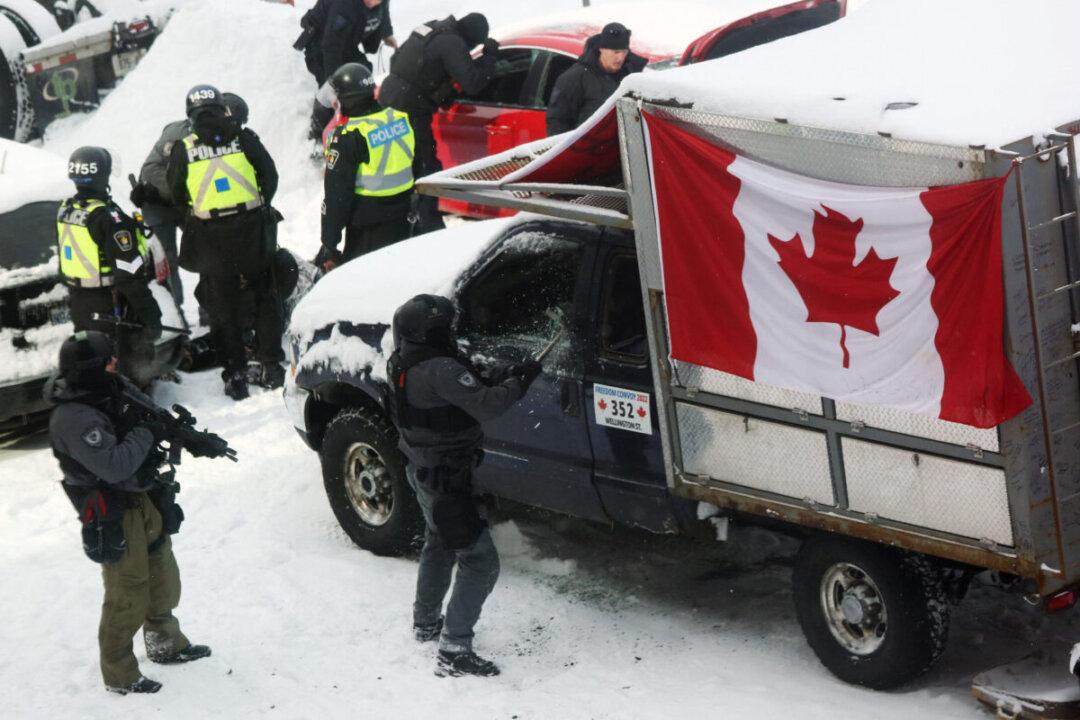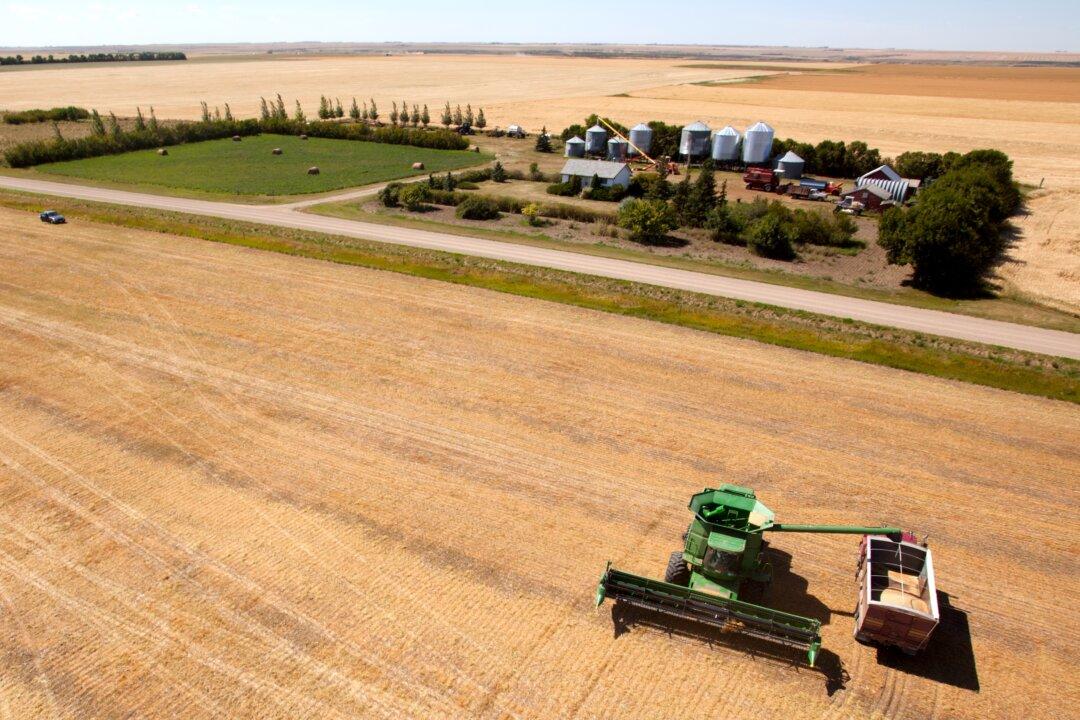Since it began on Oct. 13, the public inquiry into the federal government’s use of the Emergencies Act has delivered some surprises and revelations as witnesses take the stand and internal government documents get released.
Among the revelations are behind-the-scenes discussions between the different levels of government and intelligence on preparations for the convoy’s arrival in Ottawa, as well as assessments by security agencies and contradictions with what government officials had said.





